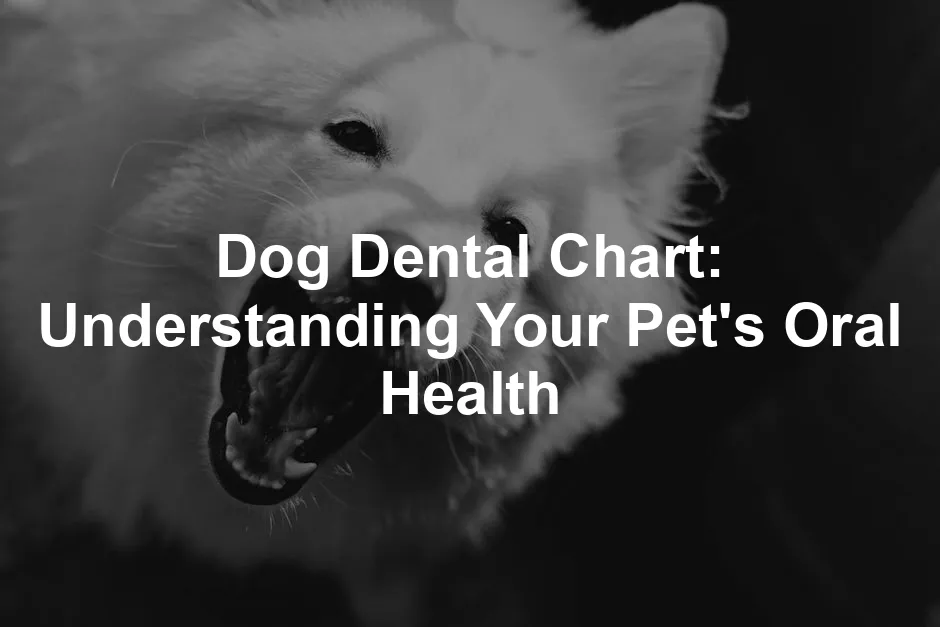Introduction
Maintaining your dog’s dental health is crucial. A dog dental chart helps track oral conditions effectively. This chart is beneficial for both pet owners and veterinarians. Regular dental check-ups support your dog’s overall well-being.
And speaking of dental health, consider investing in a Dog Toothbrush and Toothpaste Set. It’s designed specifically for our furry friends, ensuring they get a thorough cleaning without any fuss!
Summary and Overview
A dog dental chart is a vital tool in veterinary medicine. It documents the health of your dog’s teeth during examinations. Understanding different teeth types enhances your awareness of their functions. Dogs have four main types of teeth: incisors, canines, premolars, and molars. Each serves a unique purpose in eating and maintaining oral hygiene.
Dental health is essential for preventing diseases. It promotes your dog’s overall health and comfort. The Triadan system is commonly used to identify teeth on the chart. Sadly, many dogs face dental issues, with nearly 80% experiencing some form by age three. This is why dental charts play a crucial role in monitoring these conditions.
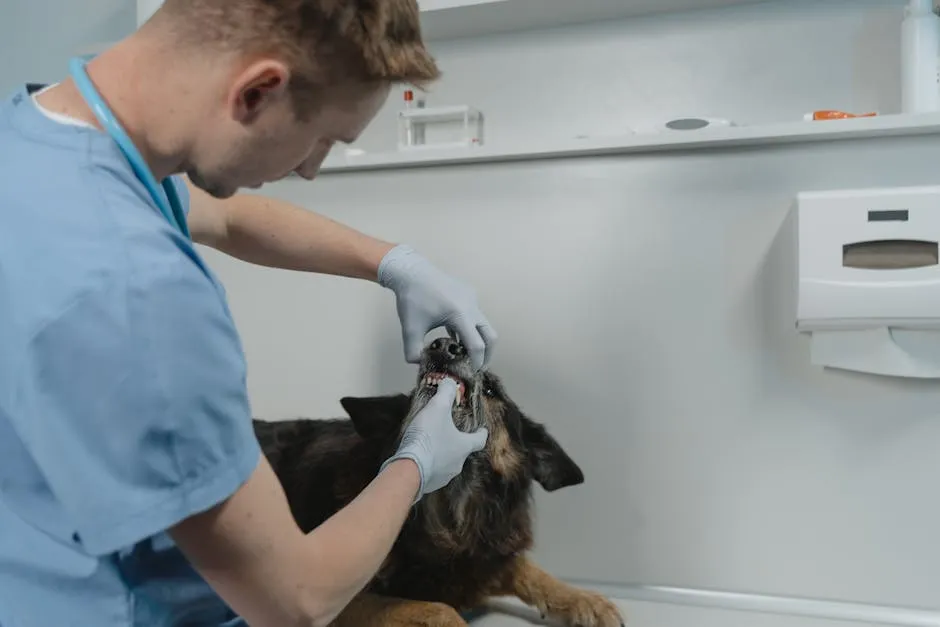
For more insights on maintaining your dog’s dental health, check out Understanding canine dental health and home care tips.
Understanding Canine Dental Anatomy
Types of Dog Teeth
Dogs have four primary types of teeth, each serving a unique purpose.
Incisors are the small, flat teeth at the front. They help dogs nibble and scrape food from bones.
Canines are the long, pointed teeth next to the incisors. These are essential for tearing meat and gripping objects.
Premolars are located behind the canines. They have sharp edges, perfect for shredding and chewing food.
Molars, found at the back, are responsible for grinding and breaking down harder food items.
Each type plays a crucial role in your dog’s overall dental health and eating habits. Understanding this anatomy helps you better monitor your dog’s dental condition.
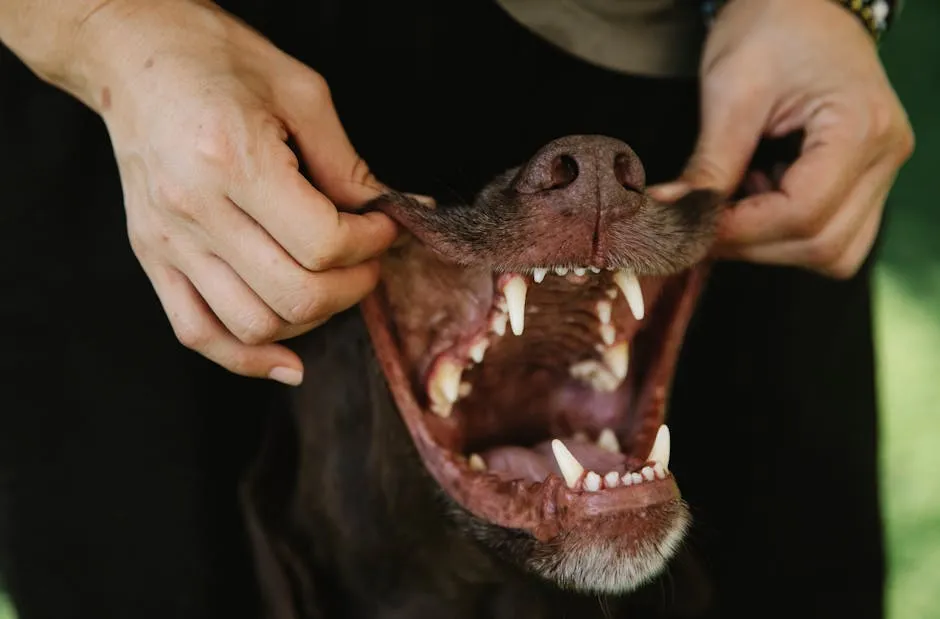
And to support that dental health, why not try some Pet Dental Chews? They not only keep your dog entertained but also help in cleaning their teeth while they chew!
The Importance of Dog Dental Charts
Benefits of Using a Dental Chart
Dog dental charts are invaluable for tracking your pet’s oral health. They help veterinarians document the condition of each tooth during exams.
By recording findings, vets can identify potential problems early on. This proactive approach can prevent severe dental issues from developing.
For pet owners, these charts offer a clear way to monitor their dog’s dental health at home. You can track changes over time and discuss concerns with your vet.
In essence, a dental chart acts as a roadmap for maintaining your dog’s oral hygiene. Regular updates ensure your furry friend stays healthy and happy!
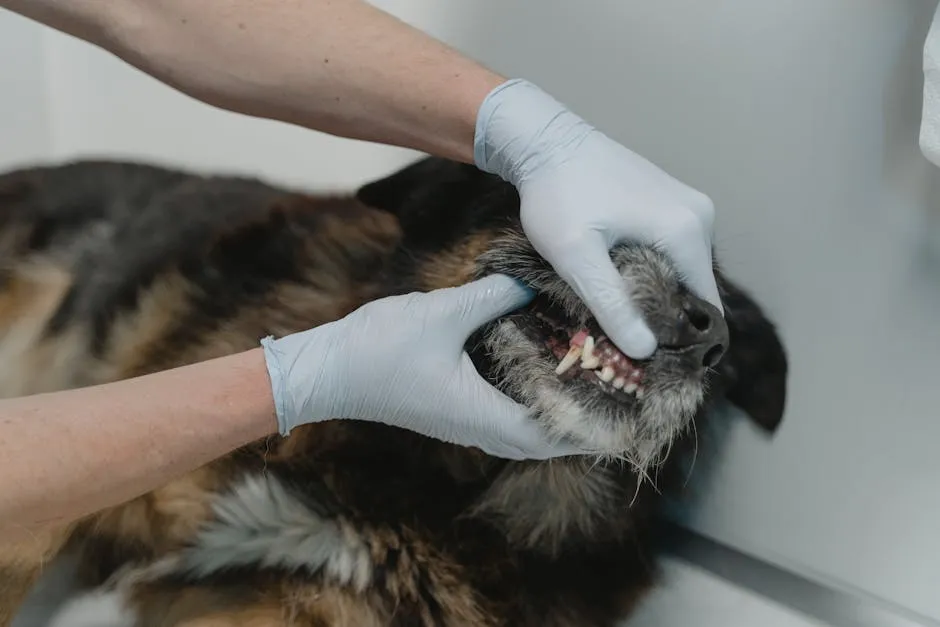
To really dive into the subject, you might find a Dog Dental Health Book helpful! It’s packed with tips and tricks for keeping your pup’s pearly whites in top shape.
How to Read a Dog Dental Chart
The Triadan System Explained
Reading a dog dental chart can seem tricky at first. However, the modified Triadan system simplifies it. This system uses a three-digit number for each tooth. The first digit indicates the quadrant. The next two digits specify the tooth’s position.
For example, tooth 101 refers to the upper right incisor. Tooth 204 points to the lower left canine. Each quadrant is numbered as follows:
- 1: Upper right
- 2: Upper left
- 3: Lower left
- 4: Lower right
This method helps track dental health easily. It provides a clear picture of your dog’s oral condition. Knowing how to read the chart aids in discussing any issues with your veterinarian.

Procedures Involved in Dental Charting
Steps for Conducting a Dental Examination
Conducting a proper dental examination is essential for accurate charting. First, ensure your dog is calm and comfortable. Many exams require sedation for thorough evaluation.
Start by inspecting the mouth’s exterior and interior. Look for any visible problems like swelling or discoloration. Use tools like a dental mirror and periodontal probe. These help assess gum health and tooth integrity.
Record findings on the dental chart promptly. This includes noting missing teeth, gum issues, and plaque levels. An organized approach ensures nothing is overlooked. This chart will guide future dental care decisions for your dog.
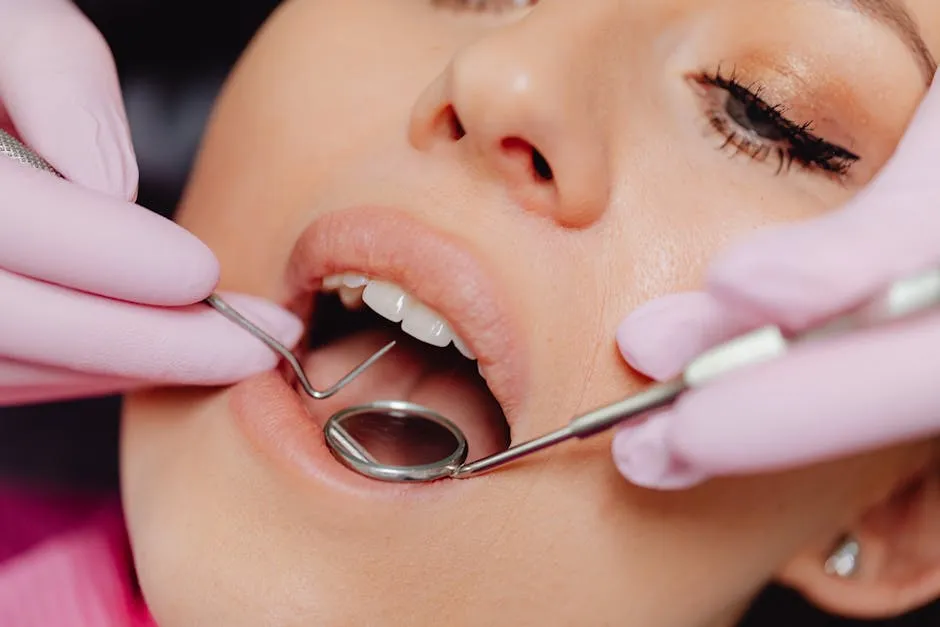
Detailed Steps in Dental Charting
To effectively record findings on a dog dental chart, follow a systematic approach. Start by ensuring your dog is calm. A quiet environment helps in obtaining accurate results. Use a dental explorer to examine each tooth closely. Check for missing teeth, fractures, and surface irregularities.
Next, assess gum health by probing around each tooth. Note any signs of inflammation or recession. Record your findings promptly on the chart. This documentation includes noting plaque levels and calculus presence. Each detail matters, as it builds a comprehensive picture of your dog’s dental health.
Systematic evaluation is crucial. It allows for consistent tracking of dental issues over time. By comparing charts from previous visits, you can identify changes early. This proactive approach significantly contributes to your dog’s overall health.

Common Dental Issues in Dogs
Periodontal disease is alarmingly common in dogs, affecting nearly 80% by age three. This condition begins as gingivitis, characterized by inflamed gums. If left untreated, it progresses to more severe stages, such as attachment loss.
Dental charts play a vital role in assessing periodontal disease. Vets document the stage during examinations, ranging from healthy gums to severe attachment loss. Each stage has specific indicators, such as the depth of gingival pockets. Understanding these stages helps in formulating effective treatment plans.
By regularly monitoring your dog’s dental health, you can prevent issues before they escalate. Early detection is key to maintaining a healthy smile for your furry friend. Regular dental check-ups and charting are essential for their well-being.

Other Common Dental Problems
Dental issues can affect your dog’s well-being. Tartar buildup is one of the most common problems. This hard substance forms when plaque hardens on teeth. It can lead to gum disease and tooth loss if untreated.
Gingivitis is another concern. It occurs when gums become inflamed and red. Often, it is the first stage of periodontal disease. Symptoms include bad breath and discomfort when eating.
Tooth decay also poses risks. It happens when bacteria erode the tooth enamel. This can lead to severe pain and infection.
Veterinarians record these issues on dental charts. They note the severity of tartar, gingivitis, and decay. This documentation helps track changes over time. Monitoring is crucial for effective treatment and maintaining your dog’s dental health.

Tips for Maintaining Your Dog’s Dental Health
Keeping your dog’s teeth healthy is vital. Regular brushing is one of the best ways to prevent issues. Use a dog-specific toothpaste and a soft-bristled toothbrush. Aim for brushing your dog’s teeth several times a week.
Dental chews can also help. They promote chewing, which naturally cleans teeth and gums. Look for products approved by veterinary dental associations.
Don’t forget about veterinary check-ups. Schedule dental exams at least once a year. Your vet can spot potential problems early. They might recommend professional cleanings to keep your dog’s mouth healthy.
Incorporating these practices into your routine ensures your dog’s dental health stays on track. A proactive approach can prevent serious issues down the line. You might also want to consider a Dog Dental Water Additive that can help freshen your pet’s breath while contributing to their oral hygiene.
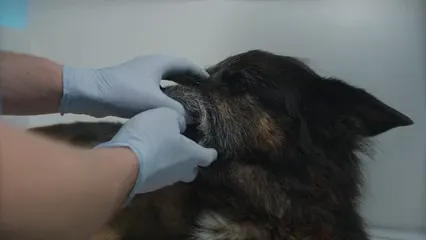
Conclusion
Using a dog dental chart is essential for monitoring your pet’s oral health. It helps track dental conditions and identify issues early. By staying proactive about dental care, you can significantly improve your dog’s quality of life. Regular dental check-ups and at-home care are crucial. Make dental health a priority for your furry friend!
Also, if you’re planning any adventures with your canine companion, check out a Dog Carrier Backpack for easy transport!
Please let us know what you think about our content by leaving a comment down below!
Thank you for reading till here 🙂
All images from Pexels

